The Titan submersion explosion and the decompression accident both originated from high pressure but had opposite developments and outcomes.
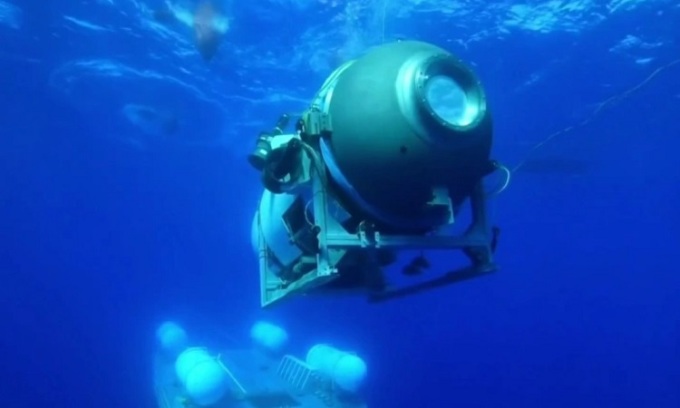
The deeper the submarine goes under the sea, the greater the pressure it has to endure. Photo: NBC
Recent news has highlighted the dangers of deep-sea exploration , which can result in tragedies such as the Titan submersible accident that killed five people. The Titan was destroyed by a collapse. So what is this phenomenon and how is it different from a decompression accident?
At great depths below the ocean surface, the weight of the water above creates pressure that acts on objects below. We all experience atmospheric pressure every day. Atmospheric pressure is the weight of air pressing down on our bodies. But as we go deeper into the ocean, the pressure becomes greater and greater, to the point where our bodies cannot bear the weight and we need pressurized submersibles to explore further. To do this, the structure of the submersible must be extremely strong. The reinforced hull must be able to withstand the pressure exerted on the submersible from all sides.
Following the announcement of five passengers killed on the Titanic, authorities said they had recovered debris that suggested the ship exploded due to a collapse. At the depth of the Titanic wreck, the pressure was about 6,000 psi. Seawater pressure is 400 times greater than atmospheric pressure. At this pressure, every square meter of the Titan's hull was under about 4,200 tons of pressure. Therefore, even the smallest crack could lead to disaster.
A collapse occurs when the structure fails and the submersible is crushed inward very quickly. It happens so quickly that no one inside realizes what has happened. The entire compartment explodes in a split second. There is likely no warning, as even a small defect or weakening of the hull can destroy the entire outer shell.
Decompression accidents also have similar causes, but different results. The inside of a submersible is pressurized, resulting in a pressure difference with the outside. Therefore, the compartment must be sealed at all times to prevent the pressure from dropping too quickly. Rapid or instantaneous decompression occurs when a hole in the structure causes the inside of the submersible to lose pressure almost immediately. Even a small hole can cause pressurized air to rush out to equalize the pressure difference, taking any objects inside with it. This is almost the opposite of collapse. While collapse increases the pressure, causing the submersible to be crushed inward, rapid decompression causes the pressure in the compartment to decrease, pushing the objects inside out.
The most famous example of a decompression accident was the Byford Dolphin disaster, where inadequate safety equipment led to a rapid drop in pressure in the chamber, resulting in the immediate death of three divers and the instantaneous vaporization of their blood. A fourth diver fared worse, as the pressure caused his body to explode. Air from the connecting chamber also pushed the chamber outward, hitting two operators, killing one and seriously injuring the other.
Both the Titan and Byford Dolphin submersible tragedies are a stark reminder of the dangers of high-pressure deep-sea environments and the fragile margins of safety. The events have prompted authorities to change safety regulations to prevent similar accidents from happening in the future.
What happens when a submarine is crushed under the sea? Video : Fleet
An Khang (According to IFL Science )
Source link


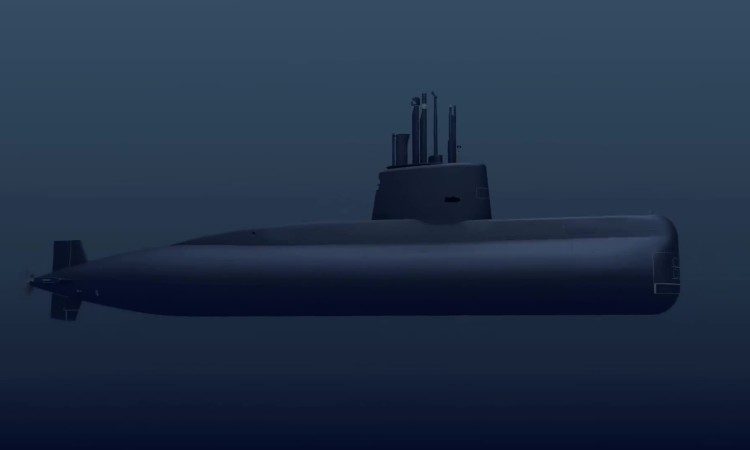
![[Photo] Ca Mau "struggling" to cope with the highest tide of the year, forecast to exceed alert level 3](https://vphoto.vietnam.vn/thumb/1200x675/vietnam/resource/IMAGE/2025/11/04/1762235371445_ndo_br_trieu-cuong-2-6486-jpg.webp)
![[Photo] Panorama of the Patriotic Emulation Congress of Nhan Dan Newspaper for the period 2025-2030](https://vphoto.vietnam.vn/thumb/1200x675/vietnam/resource/IMAGE/2025/11/04/1762252775462_ndo_br_dhthiduayeuncbaond-6125-jpg.webp)

![[Photo] Ho Chi Minh City Youth Take Action for a Cleaner Environment](https://vphoto.vietnam.vn/thumb/1200x675/vietnam/resource/IMAGE/2025/11/04/1762233574890_550816358-1108586934787014-6430522970717297480-n-1-jpg.webp)

![[Photo] The road connecting Dong Nai with Ho Chi Minh City is still unfinished after 5 years of construction.](https://vphoto.vietnam.vn/thumb/1200x675/vietnam/resource/IMAGE/2025/11/04/1762241675985_ndo_br_dji-20251104104418-0635-d-resize-1295-jpg.webp)




![[INFOGRAPHIC] China announces crew of Shenzhou 21 mission](https://vphoto.vietnam.vn/thumb/402x226/vietnam/resource/IMAGE/2025/11/05/1762297490558_thumb-than-chau-21-jpg.webp)
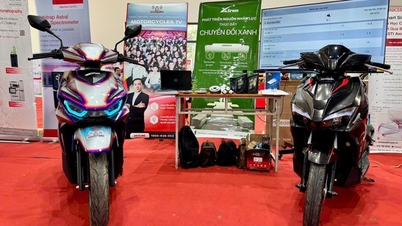












































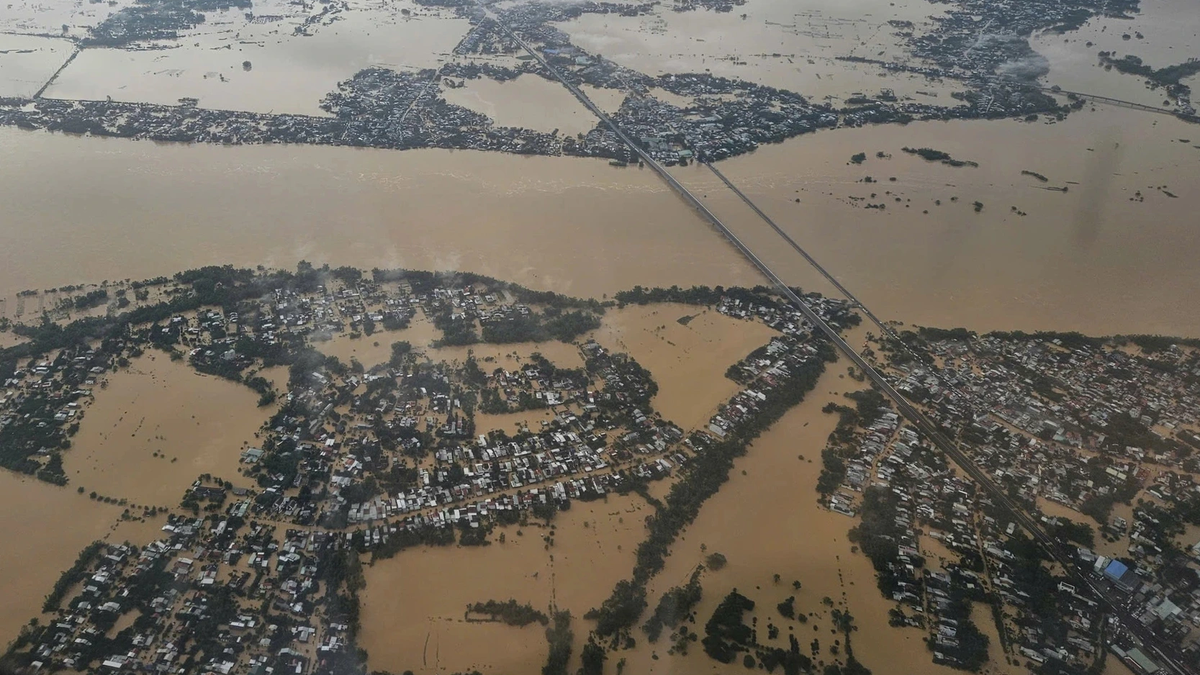





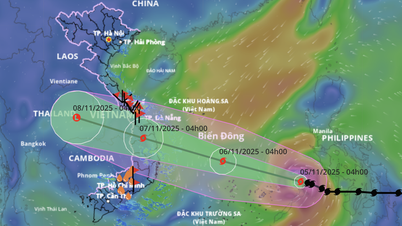
















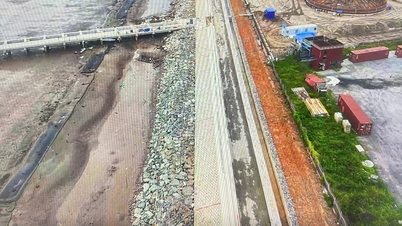



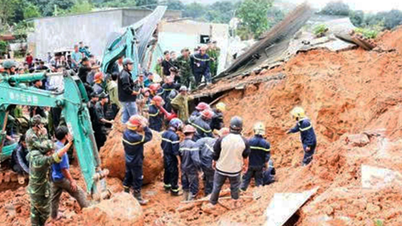

















Comment (0)